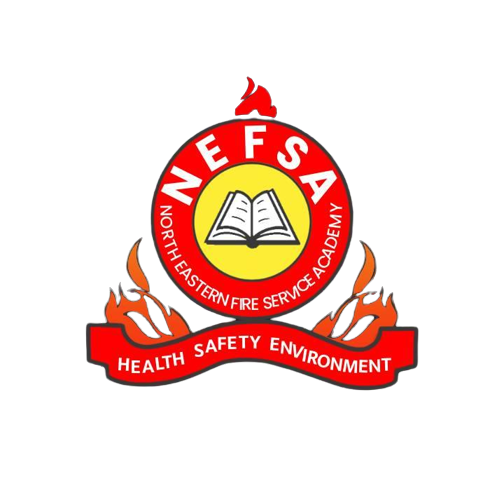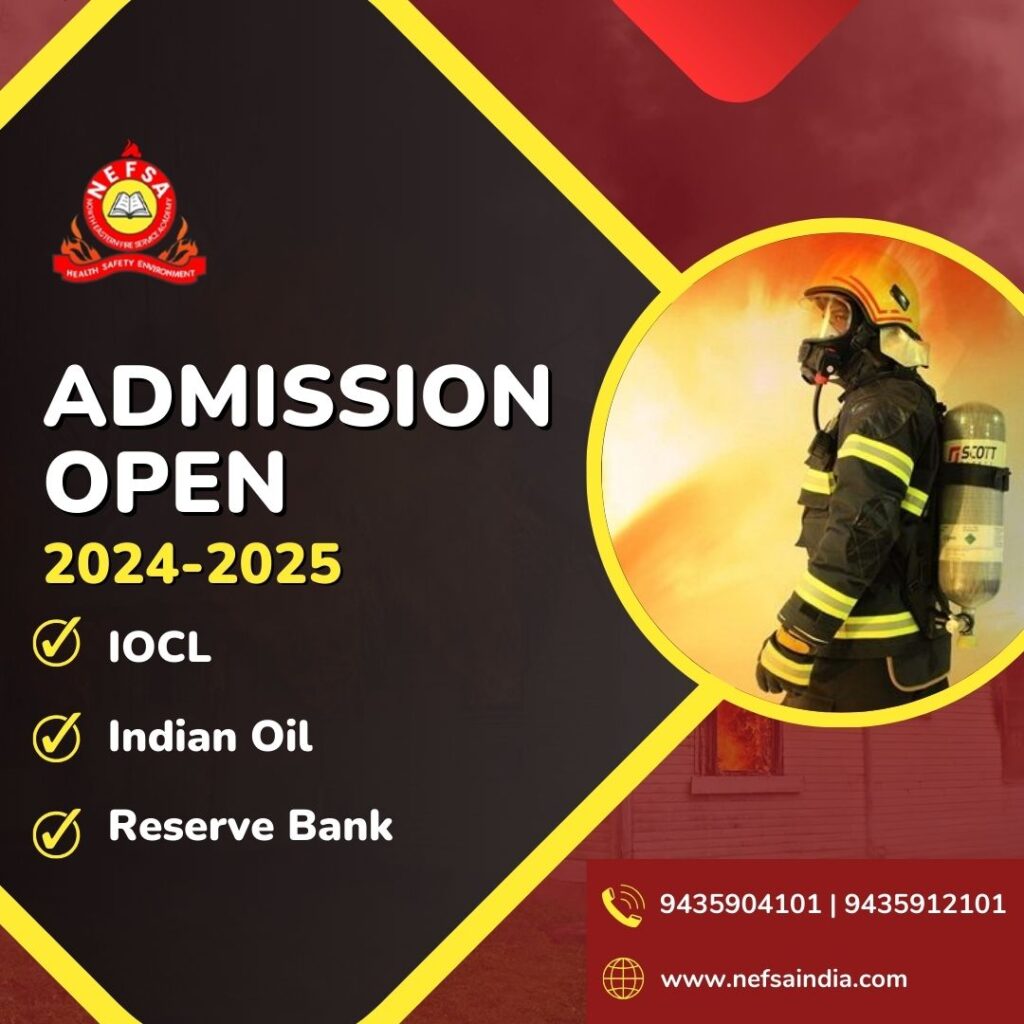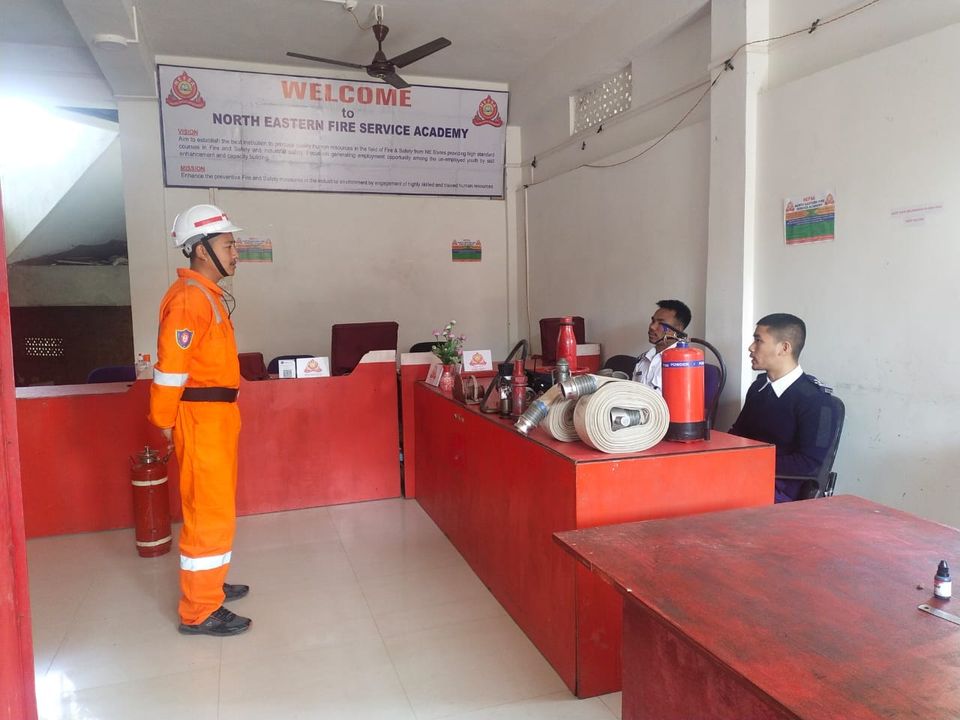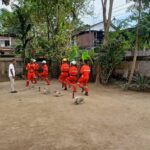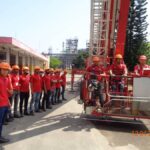Firefighting is a profession that requires a unique blend of physical prowess, technical knowledge, and mental resilience. At NEFSA Fire Academy, we provide a comprehensive training program that equips our trainees with the necessary skills to tackle fires and save lives. This blog will explore the firefighting techniques taught at NEFSA, from basic to advanced levels, ensuring that our graduates are fully prepared for the challenges they will face in the field.
Basic Firefighting Techniques
The foundation of effective firefighting begins with mastering the basics. At NEFSA, we emphasize the following core techniques:
1. Fire Behavior and Combustion
Understanding the science of fire is crucial for any firefighter. Our trainees learn about the fire triangle (heat, fuel, and oxygen), the stages of fire development, and how different materials react to fire. This knowledge helps them anticipate fire behavior and make informed decisions during firefighting operations.
2. Use of Fire Extinguishers
Fire extinguishers are the first line of defense against small fires. Trainees learn about different types of fire extinguishers (water, foam, CO2, dry powder) and their appropriate uses. Hands-on practice sessions ensure that they can operate extinguishers efficiently and effectively.
3. Personal Protective Equipment (PPE)
Safety is paramount in firefighting. Trainees are trained in the proper use and maintenance of PPE, including helmets, gloves, boots, and self-contained breathing apparatus (SCBA). Understanding how to don and doff PPE correctly is critical for protecting themselves in hazardous environments.
4. Basic Hose Handling
Fire hoses are essential tools for firefighting. Trainees learn how to deploy, operate, and maneuver hoses, including techniques for advancing a hose line into a building, controlling water flow, and ensuring effective water application.
Intermediate Firefighting Techniques
As trainees progress, they delve into more complex techniques that require coordination and teamwork:
1. Ventilation
Effective ventilation can significantly impact fire control and rescue operations. Trainees learn various ventilation methods, including natural, mechanical, and hydraulic ventilation, to remove heat, smoke, and toxic gases from structures. Understanding when and how to ventilate is crucial for improving visibility and reducing fire spread.
2. Search and Rescue
Locating and rescuing trapped individuals is a primary responsibility of firefighters. NEFSA’s training covers search and rescue techniques, including primary and secondary search methods, using thermal imaging cameras, and coordinating with other team members to ensure thorough coverage of affected areas.
3. Ladder Operations
Ladders are vital for accessing upper floors, performing rescues, and ventilation. Trainees practice setting up and climbing ladders, carrying equipment, and performing tasks at height. They also learn about ladder safety and maintenance.
4. Water Supply Management
Ensuring a continuous water supply is essential for sustained firefighting efforts. Trainees are trained in establishing water supply lines from hydrants, drafting water from static sources, and setting up relay pumping operations to maintain adequate water pressure.
Advanced Firefighting Techniques
Advanced techniques require a higher level of expertise and experience. NEFSA’s advanced training modules prepare trainees for complex and high-risk scenarios:
1. Fireground Strategy and Tactics
Advanced trainees learn to develop and implement fireground strategies and tactics based on the size, type, and behavior of the fire. This includes incident command systems, fireground communication, and decision-making under pressure.
2. Hazardous Materials Response
Handling hazardous materials (HazMat) incidents requires specialized knowledge. Trainees learn about identifying and classifying hazardous materials, using detection and monitoring equipment, and implementing decontamination procedures to protect themselves and the public.
3. High-Rise Firefighting
Fires in high-rise buildings present unique challenges, such as limited access, evacuation difficulties, and high heat levels. NEFSA trains firefighters in high-rise firefighting tactics, including stairwell operations, elevator use, and coordinating with building management for effective evacuation and fire control.
4. Wildland Firefighting
Wildland fires differ significantly from structural fires. Trainees learn about wildland fire behavior, firefighting techniques, and safety protocols specific to forest and grassland environments. This includes using hand tools, creating fire breaks, and employing controlled burns to manage and contain wildfires.
Conclusion
Firefighting is a demanding and dynamic profession that requires continuous learning and adaptation. At NEFSA Fire Academy, we are committed to providing a thorough and rigorous training program that covers all aspects of firefighting, from basic to advanced techniques. Our goal is to ensure that our graduates are well-prepared, confident, and capable of handling any fire-related emergency.
Whether you are just starting your firefighting career or looking to advance your skills, NEFSA Fire Academy offers the training and support you need. Join us and become part of a proud tradition of excellence in fire service.
For more information and to apply, visit the NEFSA Fire Academy Dibrugarh official website.
For more Blog : Click Here
